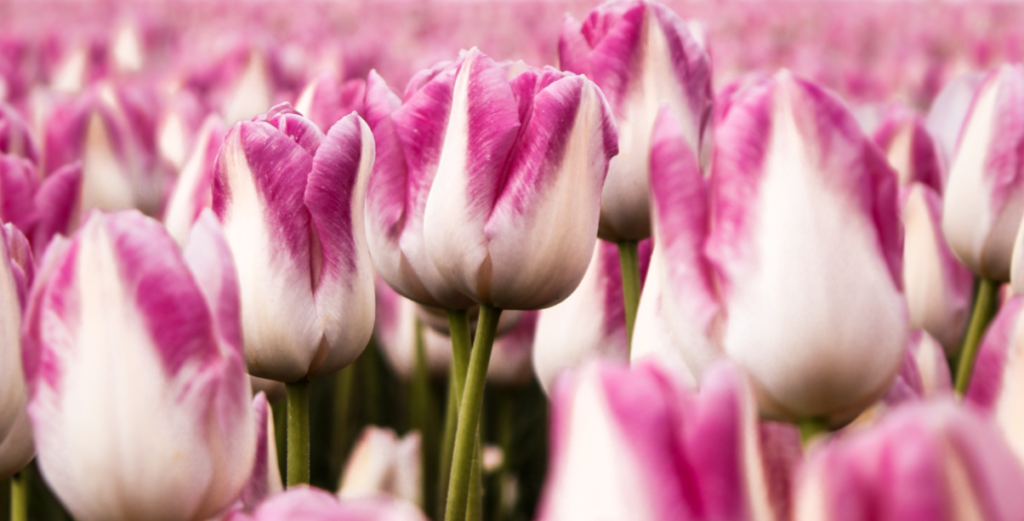
1. Stroll around the Old Harbor and Marine Museums
Rotterdam’s Old Harbor (Oude Haven), area of the city’s renewed Maritime District, is a boat bowl loaded up with reestablished noteworthy boats, incorporating houseboats resided in by local people.
In great climate, you can sit outside one of the numerous bistros and cafés and appreciate people watching, or walk around and watch the boats being painted or fixed. Signs distinguish the times of the boats and show photos of this region in its prime as a business port and shipyard.
2. Investigate the Art Collections of Museum Boijmans-van Beuningen
Exhibition hall Boijmans Van Beuningen, one of the Netherlands’ (and Europe’s) most significant craftsmanship habitats, is known for its brilliant assortments of canvases, designs, and applied and beautifying expressions from across the mainland.
Painters of the fourteenth to sixteenth hundreds of years are especially very much addressed, with works by Hubert and Jan van Eyck, Hieronymus Bosch, and Pieter Bruegel the Elder. The seventeenth century is addressed by Rembrandt and Rubens (26 of the last option’s works can be seen), while later hundreds of years are addressed by Monet, Gauguin, and Van Gogh. Current painters addressed incorporate Picasso, Matisse, and Chagall.
3. Find World Cultures at Wereldmuseum
Wereldmuseum Rotterdam, or “World Museum,” is one more extraordinary historical center to visit. Established in 1883, this ethnographic gallery includes in excess of 1,800 distinct antiques from across the globe. Most old and current societies are included somewhat here, giving an intriguing gander at the development of world societies.
4. Take a Tour of Grote of Sint-Laurenskerk
Extraordinary St. Lawrence Church (Grote of Sint-Laurenskerk) is too’s left of Rotterdam’s middle age structures, a large portion of which were annihilated during WWII. Situated in Grote Kerkplein, the late Gothic church dates from the fifteenth century and was based on once mucky ground giving the structure a curious lean that was just ended after its establishment was modified in 1650. It was vigorously harmed in bombings, yet was completely reestablished toward the finish of the conflict.
6. Roskilde
Found 30 km (20 miles) west of Denmark’s present capital, Copenhagen, is one of the country’s initial capitals, Roskilde. Probably Denmark’s most established city, it is in the same place as numerous rulers covered. Their imperial burial places can be found at the twelfth century Roskilde Cathedral, the main block Gothic house of God in Scandinavia. Another key fascination is the Viking Ship Museum, which contains the remaining parts of five Viking ships that were sunk to shield Roskilde from ocean trespassers. Different sights you should see incorporate the regal royal residence, presently a craftsmanship display, and the Roskilde Jars, three mammoth containers that remember the city’ 1,000th commemoration. In late June, early July a goliath exciting music occasion called the Roskilde Festival happens here.